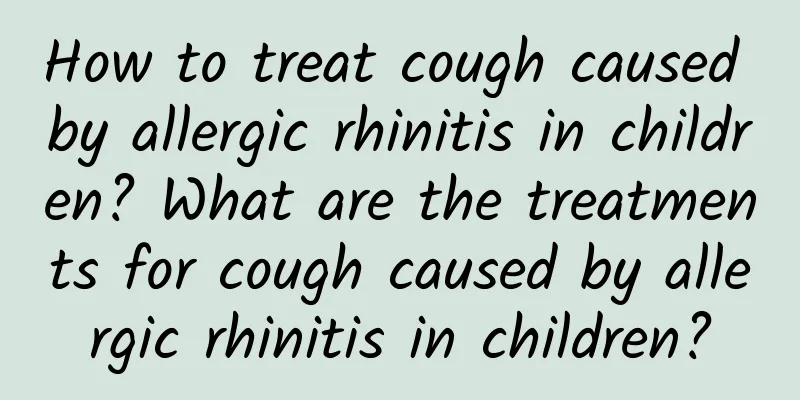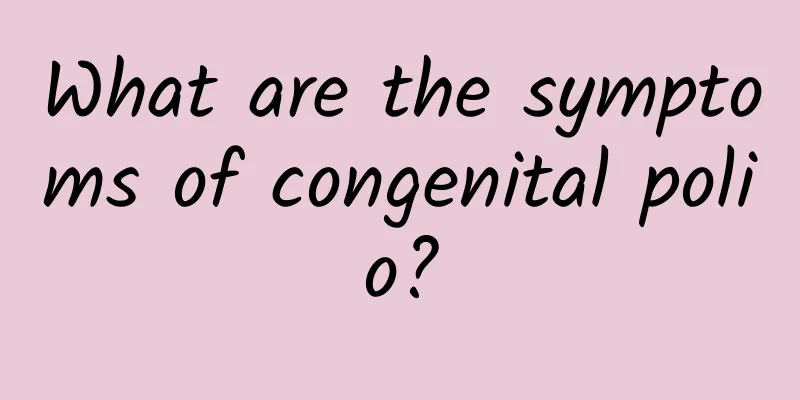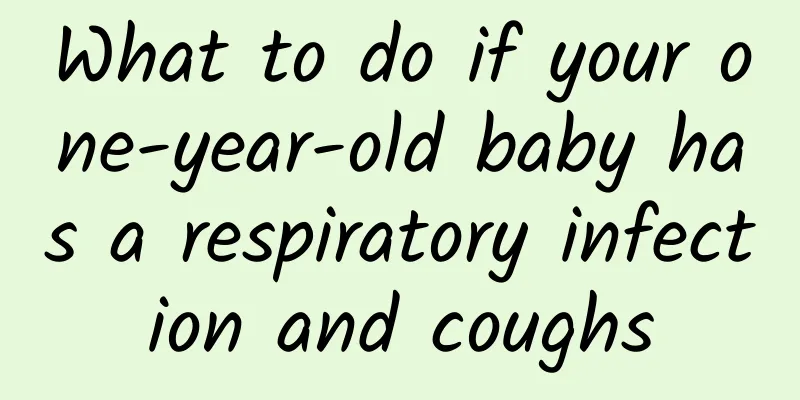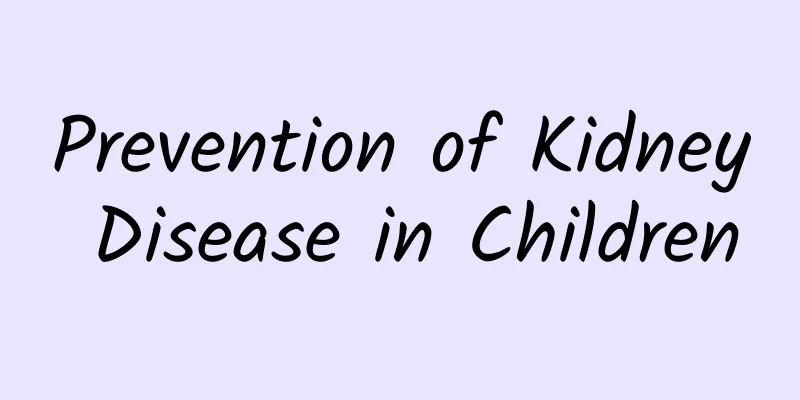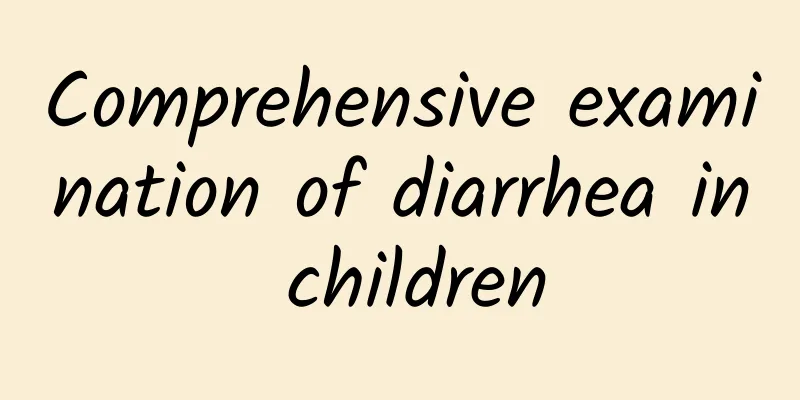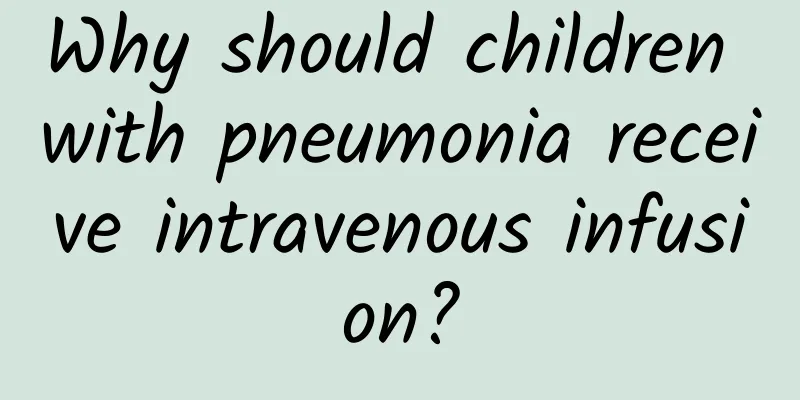Pneumonia in children Bronchopneumonia

|
Pneumonia and bronchopneumonia in children are lower respiratory tract diseases caused by pathogen infection, often manifested by cough, fever, and shortness of breath. They need to be diagnosed promptly and a treatment plan should be formulated according to the cause, including antibiotics, symptomatic care, and physical fitness enhancement. 1. Cause analysis: 1. Bacterial or viral infection: The main causes of pneumonia and bronchopneumonia in children are viral infections such as respiratory syncytial virus, influenza virus or bacterial infections such as Streptococcus pneumoniae and Staphylococcus aureus. Viral infections are more common, especially in infants and young children. Bacterial infections are more common in children with low immunity and may be secondary to viral infections. 2. Low immunity: Children's immune systems are not fully developed, especially those who have not received full vaccinations, and are more susceptible to pathogens. Malnourished children will also have a significantly reduced resistance to germs. 3. Adverse environmental factors: such as poor air quality, passive smoking, and poor indoor ventilation increase the risk of pathogen transmission. Collective environments such as kindergartens and nurseries may also be high-risk places for cross-infection. 2. Treatment plan: 1. Drug treatment: For bacterial infections, antibiotics recommended by doctors should be used in a timely manner, such as amoxicillin-clavulanate potassium and cephalosporin antibiotics. In order to prevent the occurrence of drug resistance, it is necessary to complete the full course of treatment according to the doctor's instructions. If it is a viral infection, antiviral drugs such as oseltamivir or ribavirin can be selected, but the doctor needs to clearly determine whether it is infected with the virus. 2. Symptomatic treatment: When you have a fever, you can use ibuprofen or acetaminophen to control your body temperature, but you must follow the doctor's advice. Children with a lot of sputum can use expectorants, such as ambroxol, or use nebulizer therapy to relieve symptoms. Children need to keep their airways open to prevent suffocation. 3 Home care and rehabilitation: Keep the air in the room fresh and avoid irritants such as smoke and dust. Let the child drink more warm water to dilute sputum, eat a light and nutritious diet, and strengthen care to maintain physical strength. Severe symptoms such as difficulty breathing require prompt medical treatment. 3. How to prevent: 1. Vaccination: Regular vaccination with pneumococcal vaccine, influenza vaccine, etc. can effectively reduce the risk of infection. 2. Improve the environment: Pay attention to air circulation at home to prevent children from being exposed to polluted environments. Avoid exposure to secondhand smoke and reduce visits to crowded places. 3. Enhance immunity: Ensure that children have a balanced diet and increase the amount of high-protein and vitamin-rich foods; do moderate outdoor exercise every day to improve disease resistance. The early symptoms of pneumonia and bronchopneumonia in children are difficult to detect, but they may be life-threatening in the later stages. Parents need to be vigilant and seek medical treatment in time. Scientific prevention and reasonable care can effectively reduce the risk of recurrence and help children grow up healthily. |
<<: What causes polio and how to treat it
>>: How many days does it take to cure acute laryngitis in children?
Recommend
How harmful is pathological jaundice to newborns?
Pathological jaundice can be very harmful to newb...
What to do if your baby has a dry cough without sputum
The baby's physique is relatively weak, so it...
How old does ADHD usually take to get better?
Tourette syndrome is a common childhood neuropsyc...
What are the nursing measures for children with high fever convulsions?
The occurrence of high fever in children will nat...
What are the clinical examination methods for acute laryngitis in children?
What are the methods for clinical examination of ...
What is the syrup used in western medicine to treat children's colds?
Children's colds can usually be treated with ...
Can antibiotics be used directly for children with diarrhea? How to solve children with diarrhea
In hot weather, children have little self-control...
Jaundice and diarrhea with gastric ulcer
Jaundice, diarrhea and gastric ulcer may be relat...
Breast milk jaundice can be cured by stopping breastfeeding for a few days
Generally speaking, breast milk jaundice can be s...
What is the cause of recurrent jaundice in newborns?
Recurrent neonatal jaundice may be caused by brea...
Causes of pneumonia in children
Pneumonia is one of the respiratory diseases. Sin...
What are the results of malnutrition etiology analysis?
Malnutrition is a health symptom of most children...
Will acute laryngitis in children affect their speech?
Will acute laryngitis in children affect their sp...
Will a child with congenital heart disease be the same as a normal child after surgery?
Whether a child with congenital heart disease can...
What are the contraindications for children taking Chinese medicine? Can children take Chinese medicine?
The efficacy and role of Chinese medicine in trea...
